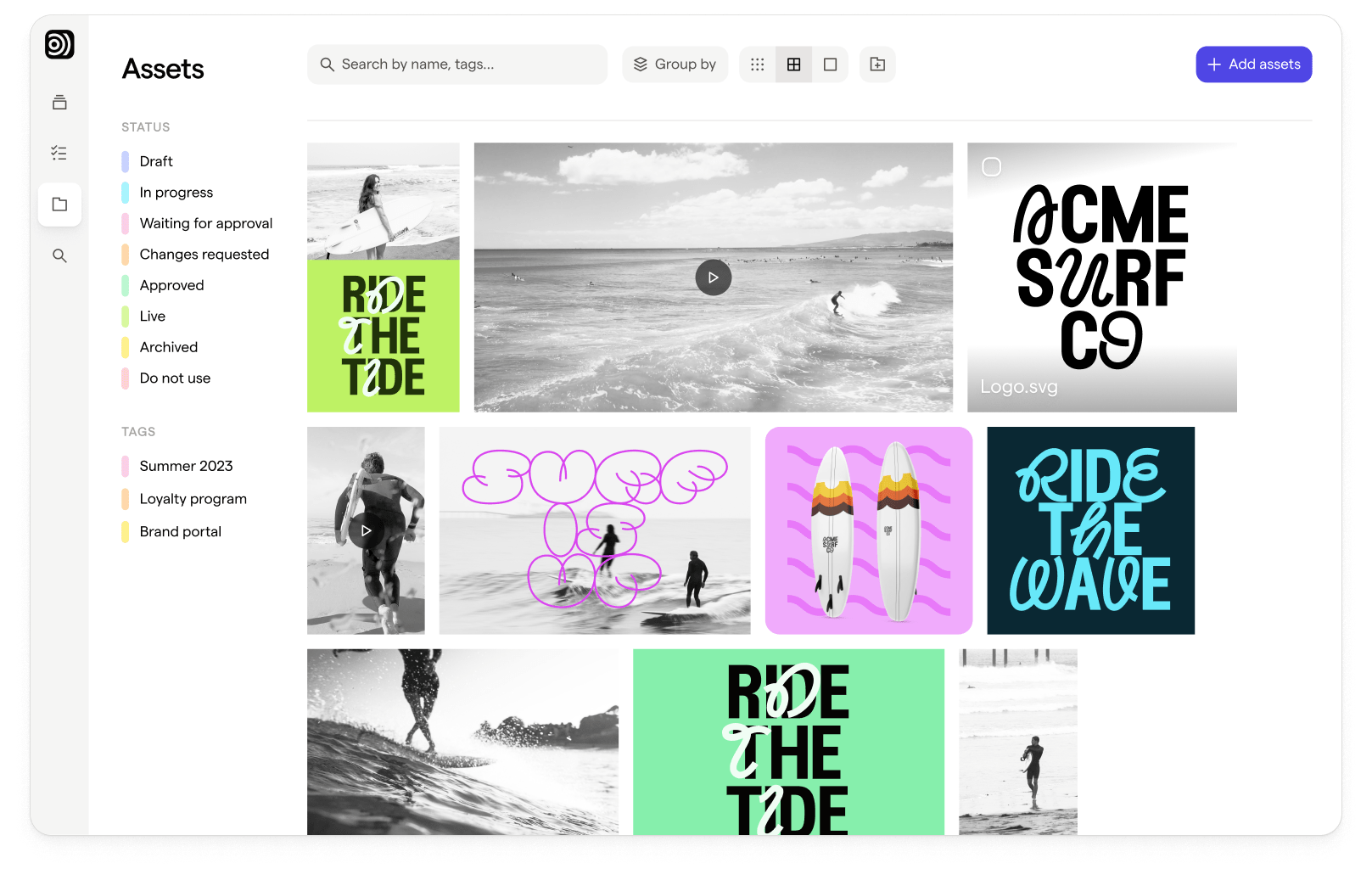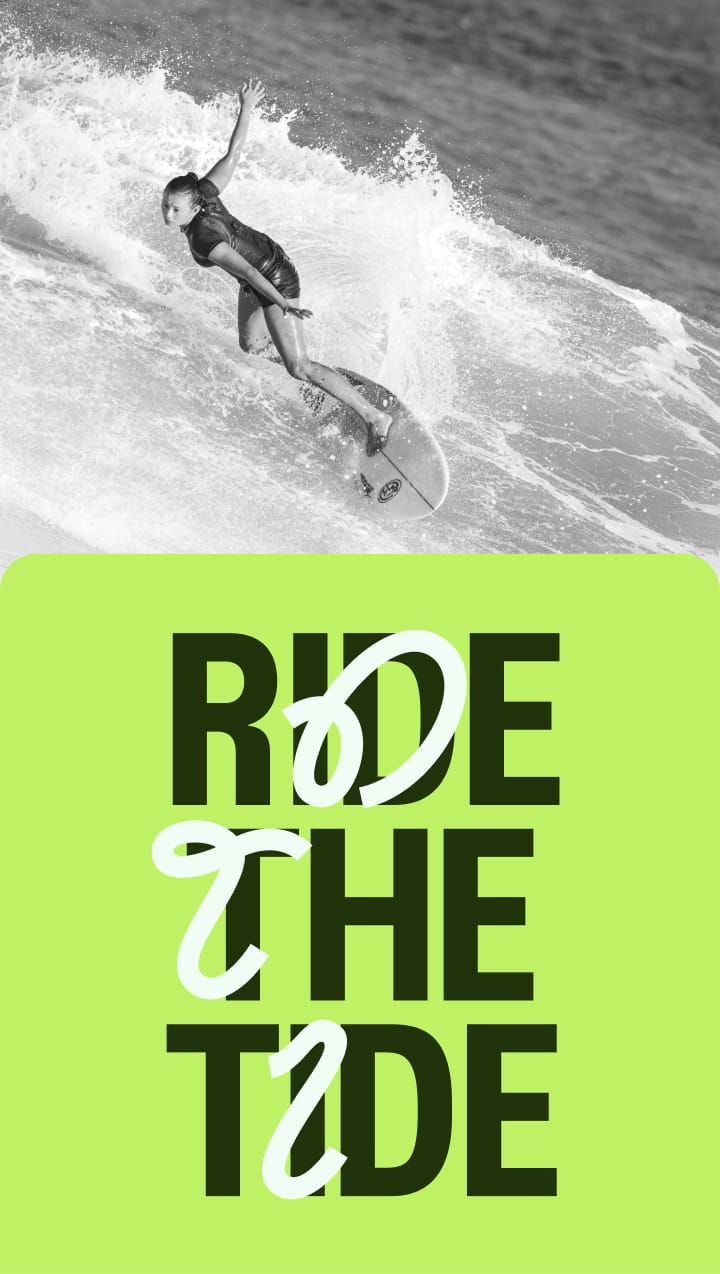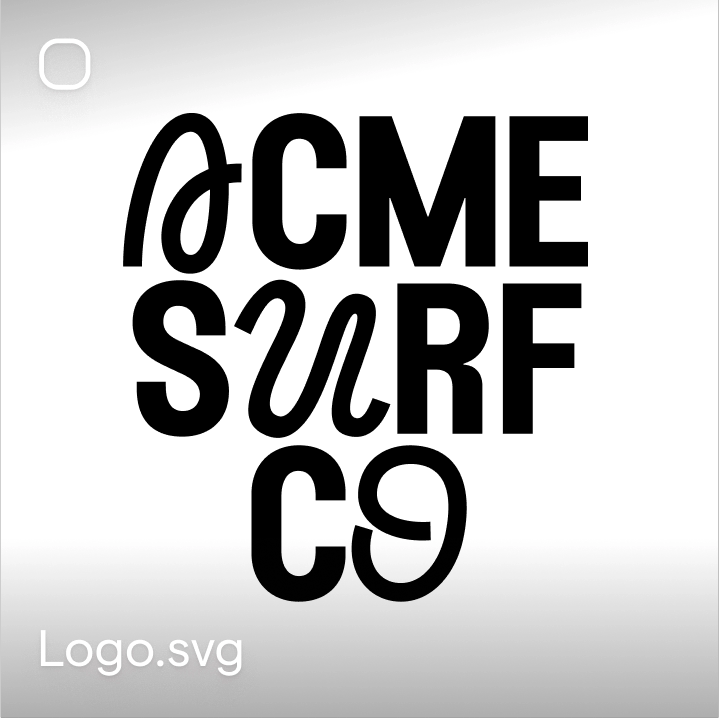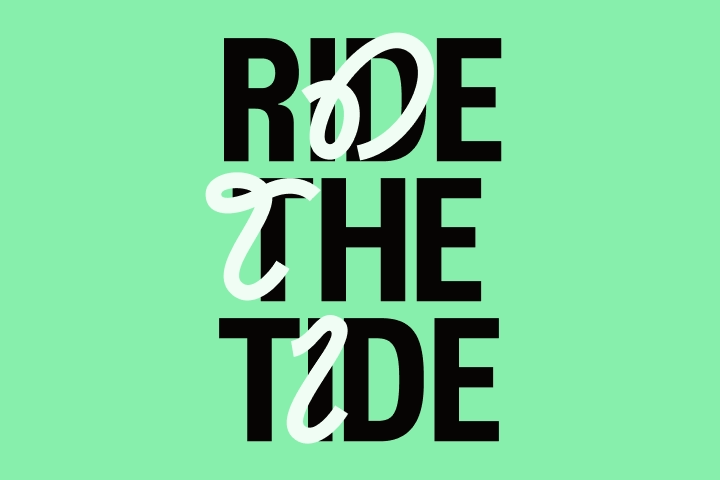Definition: Naming Conventions
Naming conventions are meticulously designed protocols for naming creative assets. These assets could range from overarching campaigns to specific creative iterations. Their purpose? To bring about order, facilitate clear communication, and enable efficient management.
The Significance of Naming Conventions
To underscore their importance:
Consistency Across Multiple Campaigns
Maintaining a uniform naming structure ensures that as campaigns scale, they remain manageable, discernable, and organized.
Streamlined Workflow
With proper naming, the time taken to locate specific campaigns or to understand their core focus is reduced significantly.
Precision in Analytics and Reporting
Effective naming ensures that analytics and reports remain intelligible, fostering informed decision-making.
Facilitated Team Collaboration
A unified naming approach ensures clarity among team members, eliminating potential ambiguities or misunderstandings.
Best Practices for Naming Conventions
The foundation of an effective naming convention lies in:
Adopting Descriptive Naming
Names should encapsulate the essence of the campaign or asset. For instance, "B2B_SummerSale_2023_DisplayAds" offers a snapshot at first glance.
Delimiters and Hierarchical Structures
Utilizing delimiters like underscores or hyphens can assist in segmenting information for easier comprehension.
Maintaining Uniformity in Format
Uniformity, whether in terms of capitalization, abbreviation use, or spacing, ensures consistency.
Periodic Reviews and Adjustments
The ever-evolving digital advertising realm necessitates regular reviews and adjustments to remain current.
How Brands Typically Manage Naming Conventions
Creating a system that is fully implemented, easy to follow, and manageable is crucial. Brands typically adopt a multipronged approach to manage naming conventions.
Tools such as Google Sheets, Excel spreadsheets, and other macro-enabled tools often play a significant role in this management process. They allow brands to document, track, and standardize their naming protocols.
However, this method introduces an additional layer of manual intervention. The downside? Sometimes, amidst the hustle and bustle of campaign management, individuals might forget this step or overlook certain details.
To overcome these challenges, modern tools like Focal have been introduced. These tools automate the naming process, ensuring precision, consistency, and efficiency. Moreover, they mitigate the risks associated with manual errors and oversight. With these tools, naming conventions become a seamless part of the workflow rather than an additional step.
Examples of Naming Conventions
For a nuanced understanding, let's delve into examples from two distinct industries:
Mobile Gaming Brand
Suppose you're managing campaigns for a mobile game called "Mystic Quest". An example of a naming convention could be:
MysticQuest_Android_USA_LevelUpAds_Aug2023_v1
This convention succinctly provides details about the game, the platform (Android), the targeted region (USA), the type of ad (Level up promotions),the time of the campaign (August 2023), and the ad version.
Direct-To-Consumer (DTC) Brand
If you're handling campaigns for a DTC brand selling organic teas named "TeaPure", a naming convention example could be:
TeaPure_GreenTea_Instagram_Stories_SpringSale_2023_V1
Here, the convention highlights the brand, the specific product (Green Tea), the platform (Instagram Stories), the promotion type (Spring Sale), the year, and the version of the creative file.
Read more: Success Story – How VIBAe supercharged marketing content production with Focal
Potential Pitfalls and Their Avoidance
Potential naming challenges include adopting overly verbose names, introducing ambiguity, or using unsupported characters. The solution lies in a referenceable guideline document and regular team training.
The Role of Automation in Naming Conventions
In an age where precision and efficiency are paramount, automation emerges as a game-changer. Tools like Focal have revolutionized naming conventions by automating the process. By doing so, they not only eliminate human errors but also save precious time that would otherwise be spent in manual naming, cross-referencing, and error checks. Integrating these tools into the workflow ensures that naming remains consistent, especially when handling multiple campaigns across varied platforms.
In Summary: The Undeniable Value
Within digital advertising, the value of naming conventions is irrefutable. Beyond mere organization, they foster collaboration, streamline operations, and most importantly, drive actionable insights.
FAQs
What is the primary goal of a naming convention in digital advertising?
The main aim is to maintain order, clarity, and consistency in campaign naming, facilitating easier management and understanding.
How often should naming conventions be reviewed?
Periodic reviews, perhaps annually or bi-annually, are recommended, especially given the dynamic nature of the digital advertising realm.
Can naming conventions differ between industries?
Absolutely. What works for a tech startup may not be suitable for a fashion brand. The conventions should reflect the industry's unique nuances.
Is there a universally accepted naming convention?
No, naming conventions are often tailored to individual brands or agencies, based on their specific requirements and preferences.
What is Focal?
Focal is a creative asset management platform perfect for asset-heavy teams. With Focal, you can ship effective ads 10x faster.
Our key features are an AI-powered search for creative assets, advanced media mockups, and collaborative docs designed for marketers. All features in Focal are seamlessly connected with Slack and Figma, so you don't need to waste time on manual copy+paste.


.jpg)

















